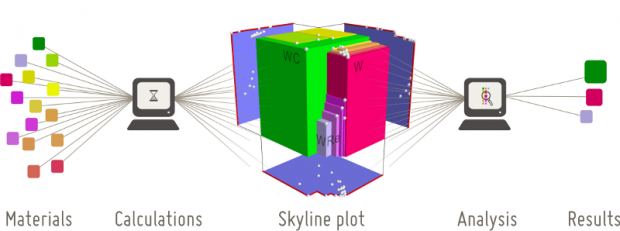Ab initio based thermal property predictions at a low cost: An error analysis
Abstract
Ab initio calculations often do not straightforwardly yield the thermal properties of a material yet. It requires considerable computational efforts, for example, to predict the volumetric thermal expansion coefficient αV or the melting temperature Tm from first principles. An alternative is to use semi-empirical approaches. They relate the experimental values to first-principles predictors via fits or approximative models. Before applying such methods, however, it is of paramount importance to be aware of the expected errors. We therefore quantify these errors at the DFT-PBE level for several semi-empirical approximations of αV and Tm , and compare them to the errors from fully ab initio methods, which are computationally more intensive. We base our conclusions on a benchmark set of 71 ground-state elemental crystals. For the thermal expansion coefficient, it appears that simple quasiharmonic theory, in combination with different approximations to the Gruneisen parameter, provides a similar overall accuracy as exhaustive first-principles phonon calculations. For the melting temperature, expensive ab initio molecular-dynamics simulations still outperform semi-empirical methods.
 Open Access version available at UGent repository
Open Access version available at UGent repository
